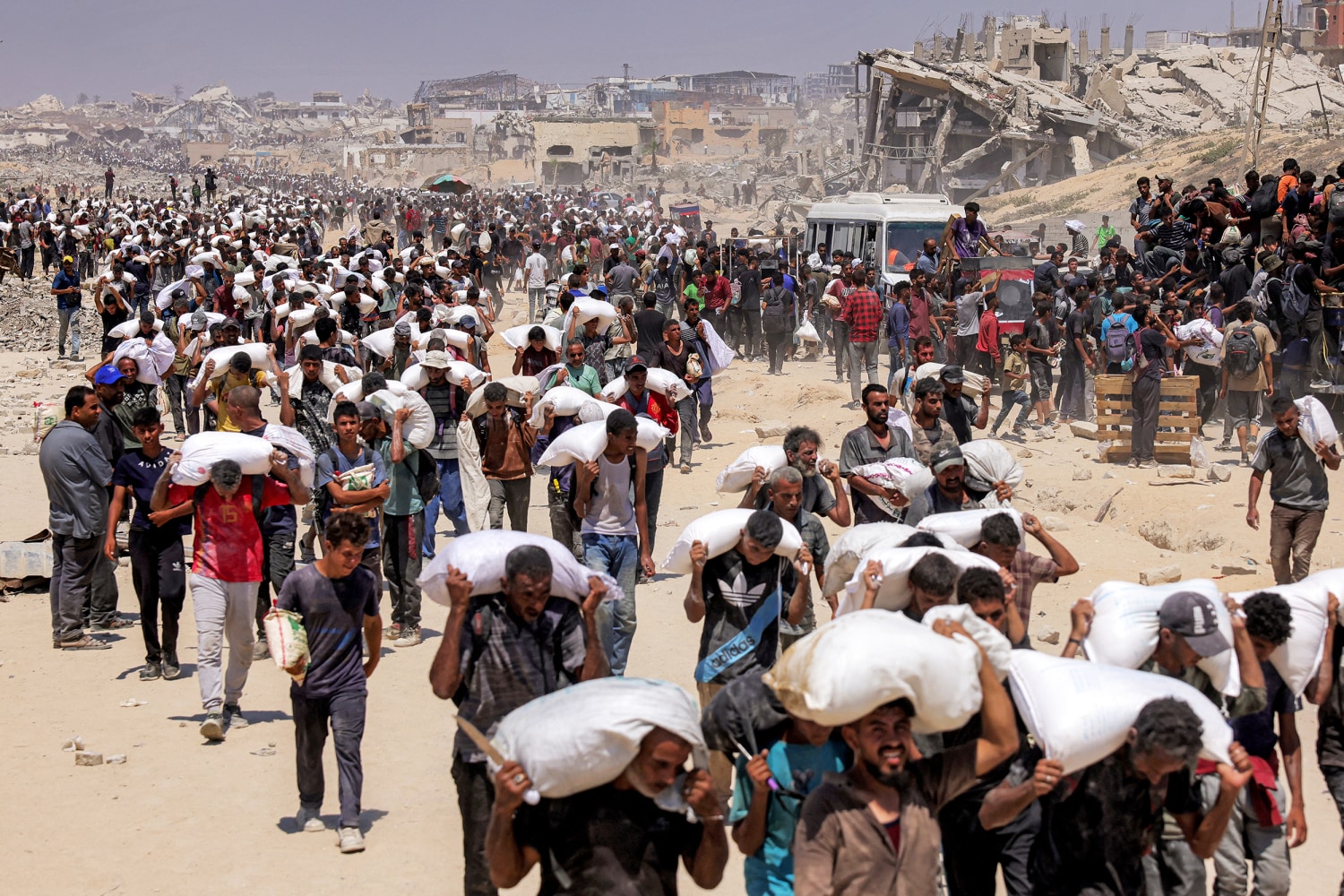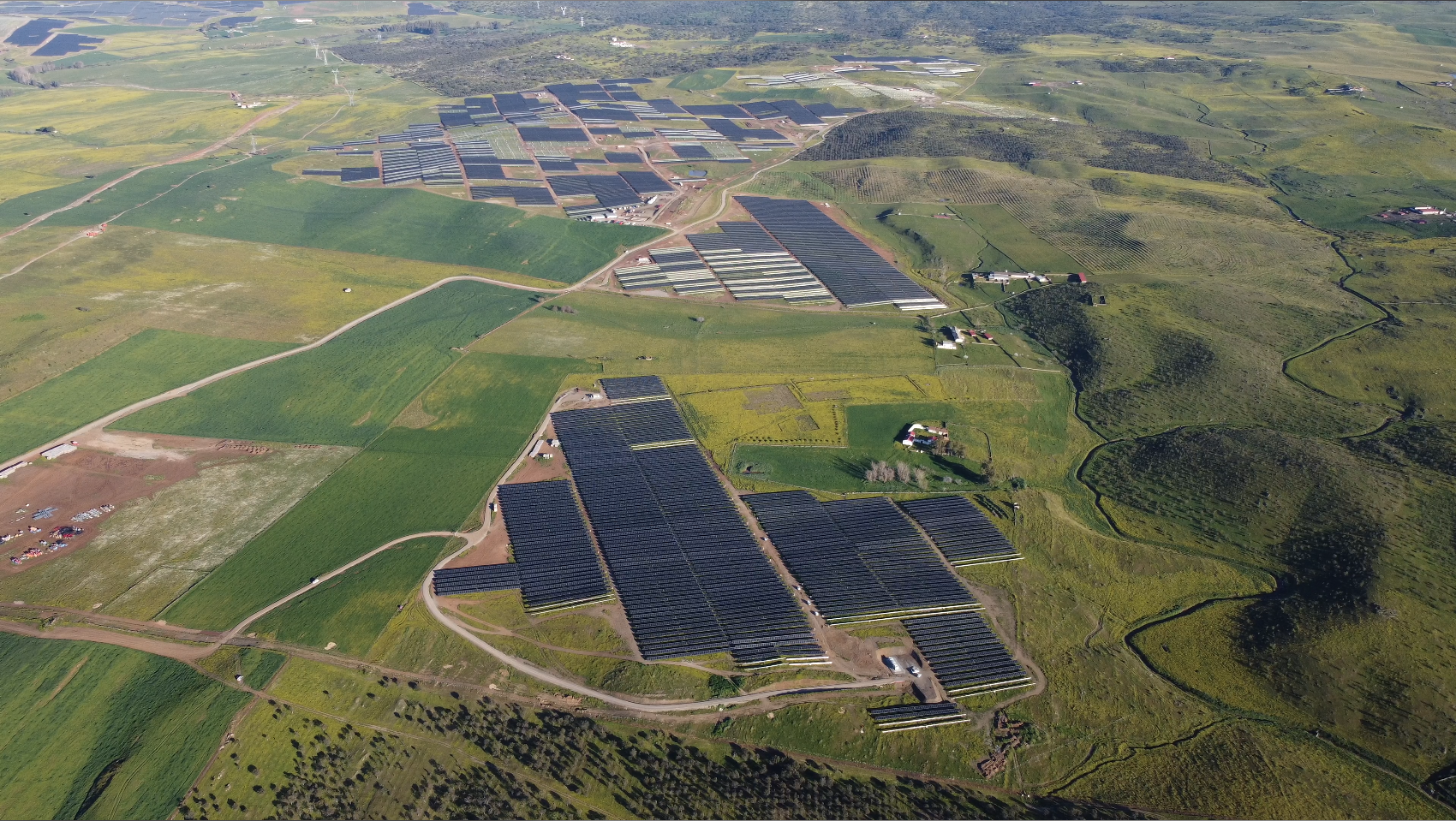After Israel declared it would relax limitations on humanitarian aid shipments to Gaza, people worldwide have been attentively observing whether this change in policy has led to noticeable enhancements locally. Amid the persistent conflict and humanitarian emergency, doubts continue regarding the extent of aid reaching those in need and whether the pledged alterations in access have provided significant relief.
Despite official statements indicating a willingness to expand aid access, delivery efforts remain complex and constrained. Reports from international aid agencies, non-governmental organizations, and on-the-ground observers paint a picture of a logistical system still operating under significant limitations, from security concerns to infrastructure challenges.
This piece examines the extent of humanitarian aid that has arrived in Gaza following Israel’s announcement, the ongoing challenges to distribution, and the wider consequences for civilians trapped in a prolonged crisis.
In initial announcements, Israeli representatives indicated they would permit increased assistance into Gaza, especially via the Kerem Shalom and Rafah access points. The declaration was made under global pressure to tackle the deteriorating humanitarian situation during the persistent conflicts. The goal was to enhance the quantity of food, medical kits, fuel, and other necessary items being delivered to Gazans through collaboration with global partners.
Nonetheless, several humanitarian organizations have observed that although there have been some enhancements in aid deliveries, the magnitude of the assistance is significantly less than what is necessary to address immediate necessities. Observations show that the number of trucks entering Gaza each day has been erratic, frequently not reaching the pre-conflict norms and substantially beneath what is needed to satisfy present requirements.
Prior to the escalation of violence, estimates suggest that over 500 aid trucks entered Gaza on a typical day. Since the easing announcement, the number of aid trucks has fluctuated dramatically, with some days seeing fewer than 100 trucks cleared for entry. These levels, while representing a modest improvement over the early weeks of the conflict, remain insufficient for the territory’s densely populated and deeply affected civilian population.
Numerous logistical and administrative hurdles continue to obstruct the smooth delivery of humanitarian aid. Primarily, the rigorous security checks at border crossings frequently cause delays or refusal of shipments. Israeli authorities insist that these checks are essential to stop weapons smuggling and ensure that assistance goes to civilians instead of armed groups. However, humanitarian organizations contend that these measures often lead to crucial supplies being withheld or substantially delayed.
Moreover, coordination between various stakeholders—including Israeli authorities, Egyptian border agencies, the United Nations, and aid organizations—has proven to be slow and fragmented. Miscommunication and procedural gaps have reportedly caused some convoys to wait for days before being allowed entry or redirected without clear justification.
The destruction of infrastructure within Gaza has further compounded the challenge. Damaged roads, collapsed buildings, and fuel shortages have made distribution within the territory exceedingly difficult. Even when supplies make it through border inspections, ensuring that they reach the intended recipients—particularly in northern and central Gaza—requires additional coordination and security guarantees that are not always in place.
As reported by the UN Office for the Coordination of Humanitarian Affairs (OCHA), there is an increasing prevalence of food insecurity impacting more and more families. Certain communities are experiencing irregular or no aid distribution whatsoever. Although Israel asserts improvements in access, a significant divide persists between demand and supply.
The World Health Organization (WHO) and Médecins Sans Frontières (Doctors Without Borders) have reported limited success in delivering medical aid to Gaza’s hospitals. In some cases, surgical supplies and trauma kits have reached medical facilities, but distribution has been patchy and far from systematic.
These humanitarian groups emphasize that without consistent and large-scale access to Gaza, including unimpeded fuel deliveries for hospitals and water pumps, the crisis will only worsen—regardless of public statements from the Israeli government regarding eased restrictions.
The international community has continued to press for expanded humanitarian access, including through high-level diplomatic talks with Israeli officials. The United States, the European Union, and various UN bodies have emphasized the importance of sustained, safe, and rapid aid deliveries, urging Israel to streamline border clearance processes and allow for the uninterrupted movement of goods.
While there has been acknowledgment of some progress—such as the reactivation of certain aid corridors and temporary ceasefire windows to allow convoys—many international actors remain skeptical about the long-term viability of these arrangements. They argue that ad hoc improvements are no substitute for a durable, predictable, and fully coordinated humanitarian system.
Efforts to open additional crossing points or establish a maritime aid corridor have been discussed, but implementation has proven difficult amid ongoing hostilities and mutual distrust between the parties involved.
A challenging aspect in evaluating the genuine effects of Israel’s policy alteration is the absence of reliable and clear information regarding the aid being provided and its final destinations. Although Israel’s military and civil administration provide figures on the number of aid trucks permitted into Gaza, independent monitors face restrictions in confirming the extent to which this assistance reaches those in need.
In the same way, aid organizations encounter challenges in recording their distribution activities because of movement limitations, communication interruptions, and safety issues concerning their personnel.
Without dependable data, accounts of aid distribution usually become subject to political agendas, with differing assertions from Israeli representatives, Palestinian leadership, and humanitarian groups. This lack of information makes it challenging to align responses, evaluate requirements correctly, and ensure accountability for blocking or misappropriating aid.
Although Israel’s announced loosening of limitations marks progress in recognizing the humanitarian aspects of the conflict, the actual results have yet to meet expectations. To achieve significant alleviation, those involved must tackle both the immediate logistical hurdles and the more enduring structural obstacles to providing assistance.
Key focuses are:
- Enhancing and simplifying entry through border checkpoints
- Guaranteeing safety for humanitarian personnel and shipments
- Rebuilding and protecting critical infrastructure inside Gaza
- Aligning initiatives with governments, NGOs, and global organizations
- Creating clear oversight mechanisms to follow aid from arrival to allocation
Without these measures, the humanitarian crisis in Gaza is likely to persist, with devastating consequences for civilians caught in the conflict.
Since Israel revealed intentions to loosen constraints on humanitarian entry to Gaza, the influx of assistance has grown modestly, yet it is still far from reaching the necessary level to address crucial demands. Continual security protocols, impaired infrastructure, bureaucratic holdups, and insufficient coordination have all played a role in maintaining a system that is still inundated and lacking resources.
Humanitarian organizations persist in their appeals for stronger and ongoing commitments from all stakeholders, emphasizing that only a unified and non-political strategy for assistance can avert further worsening of the humanitarian conditions. Meanwhile, the civilian population of Gaza will keep enduring the consequences of a crisis that remains unresolved by policy adjustments alone.




